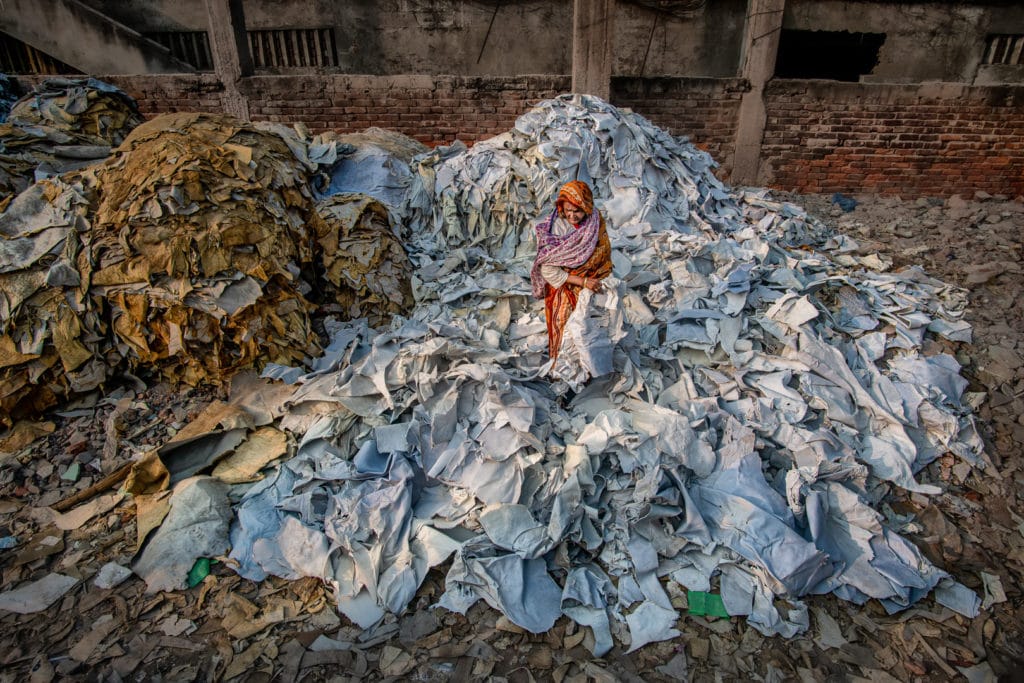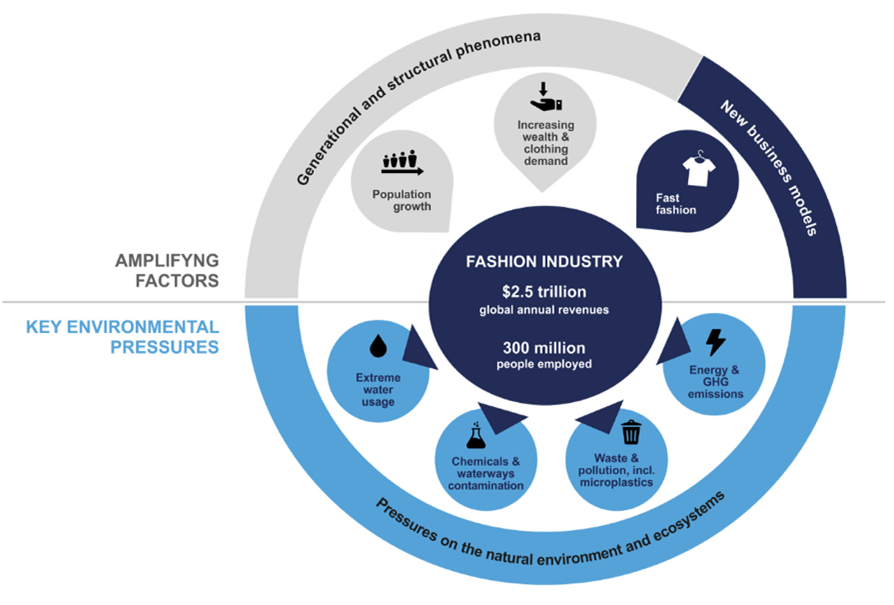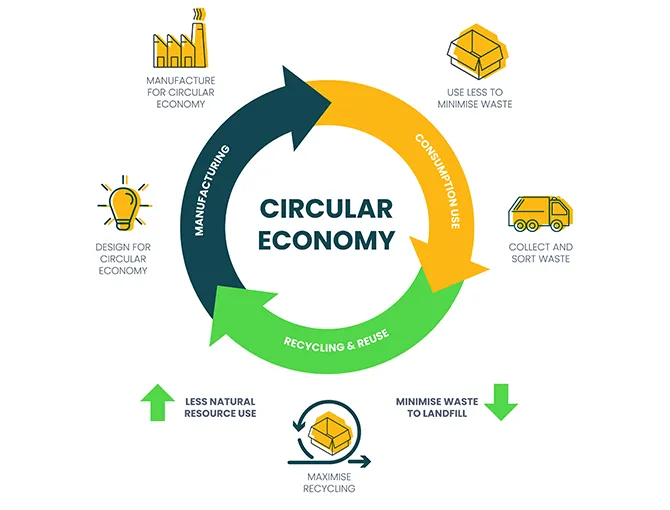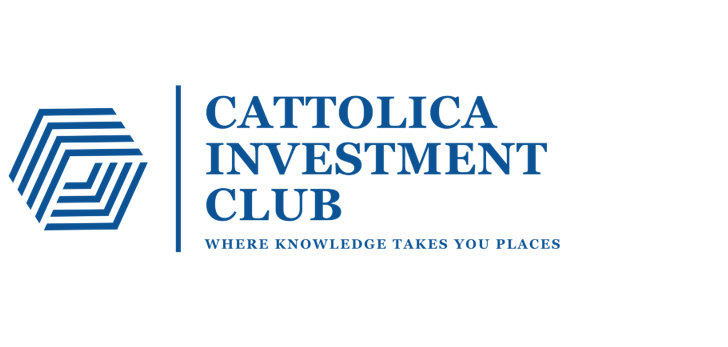
The fashion Industry has always represented one of the world’s biggest manufacturing branches. In 2021 it generated more than USD 2.5 trillion of global annual revenues, employing more than 300 million people along its value chain, as illustrated in the graph below.
Apparel enterprises have always been a reference point in the process of underlining the trends of the global markets due to their capacity to shape society and affect the buying habits of consumers. In 2021 the industry reached a record in terms of economic profit with a value of USD 1.73 tr, which was reconfirmed in 2022, even if slightly minor, with an amount of USD 1.53 tr.
The ability of this sector to outperform challenges is mostly traceable to the strong demand that characterizes most of the segments, especially the ones led by the luxury field.
Recent challenges brought by the necessity to embrace an environmentally friendly lifestyle have greatly modified the fast-fashion market, the segment represented by cheap, trendy, low-quality clothing, which lately is being replaced by a more sustainable approach, known as slow fashion, that prioritizes ethical practices and longevity.

In fact, according to several studies, fashion is considered one of the most polluting industries in the world: microplastics, gas emissions but also chemical contamination, and extreme waste of water are only some of the significant impacts that this industry is having on the environment.
The shift towards slow fashion is not merely a change in consumer preferences but has profound economic implications. The prospects for 2024 are full of uncertainties due to weak consumer confidence unified with persistent inflation and limited economic development.
Furthermore, one of the goals set by the EU for 2030 is directly related to the matter and prospects for an improvement in textile products imported that will have to be long-lived and mostly made of recyclable fibers in respect of social rights and of the environment.
However, this ambition is still out of touch with reality which sees an average of 12kg of clothes thrown away every year by each European.
Robert Gentz – co-chief executive of Zalando, Europe’s largest online fashion retailer – has announced that the company will use its market power to push the consumer choice to a more durable and eco-friendly option.
Indeed, the need to oppose fast fashion retailers – as Sweden’s H&M and Irish’s Primark- is essential to reach a circular economy in which consumes are blocked and the discards are less, especially for the relatively new “super-fast-fashion” retailers such as Shain or Booho that are increasing the tendency to consume and discard.

It’s undeniable that the promise of Zalando is ambitious and that the market is full of competitors who, exploiting the high margin of income that the economies of scale unified with low quality allow to reach, are slowing this transition. However, in 2023 the revenue generated by its sustainable products was 25% therefore good prospects for 2024 are estimated due to the fact that the science-based target SBT has time frame that convers a range from five to fifteen years. (Zalando Sustainability Progress Report 2022, 2023)
When discussing the commitment of companies to sustainability, some pioneers of these field must be named: the outdoors’s clothing company Patagonia, which focuses on recycled materials, fair labor practices, and environmental initiatives, or the footwear’s brand Veja that stands out for its dedication in using sustainable materials in its production.
In summary, even if the shift towards a circular economy -more ethical and less consuming oriented- is threatened by many economic agents, a change in consumer preferences is occurring and a slow-fashion lifestyle is slowly spreading with impressive consequences on the market, thanks to institutions and companies that support its values.
Author: Alessandro Verga
